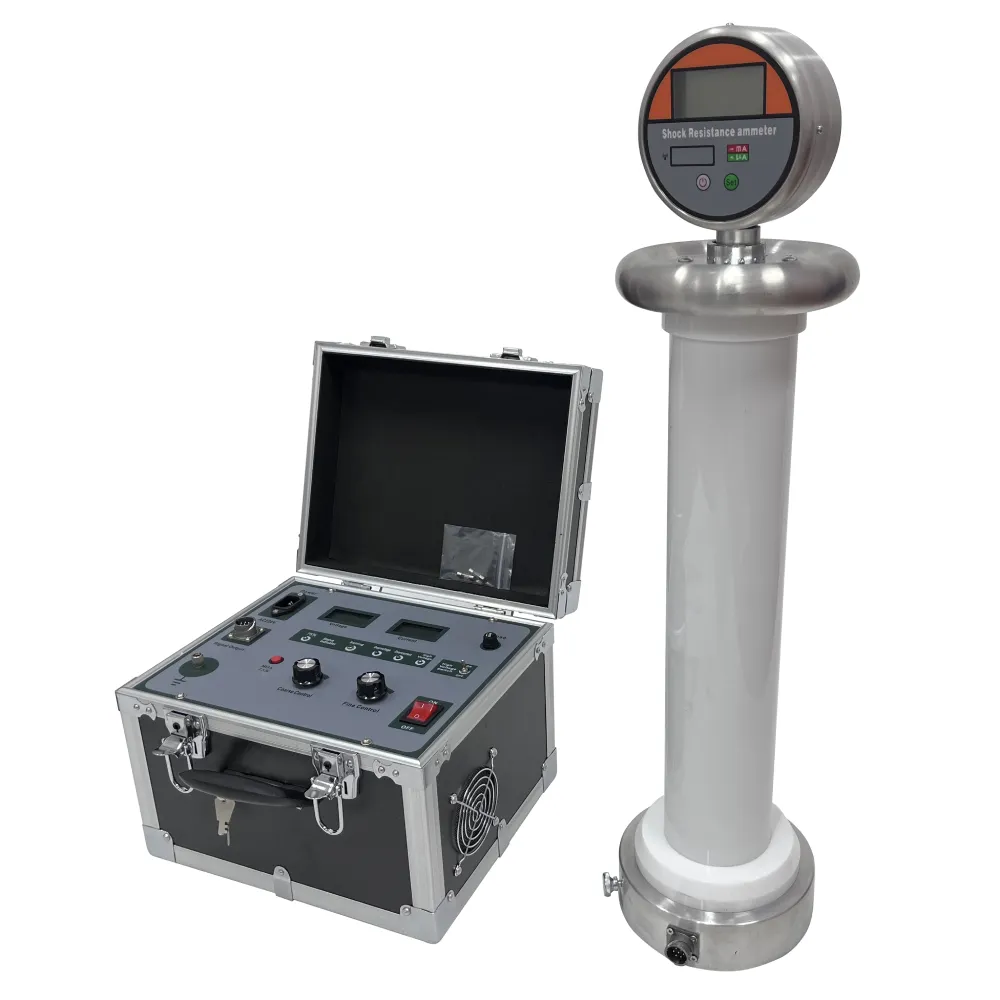 English
English


transformer winding temperature monitoring
Transformer Winding Temperature Monitoring Importance and Techniques
Transformers play a crucial role in the electrical power industry, serving as essential devices for voltage regulation and energy distribution. One of the significant challenges faced by the industry is ensuring the reliability and longevity of transformers. A key factor that influences the operational efficiency and durability of transformers is the temperature of the windings. Monitoring the temperature of transformer windings is vital, as excessive heat can lead to insulation degradation, reduced operational performance, and ultimately, catastrophic failures.
Importance of Winding Temperature Monitoring
The thermal performance of transformers is pivotal for maintaining their operational integrity. Transformer windings generate heat due to electrical losses, particularly during periods of high load. If the heat cannot be dissipated effectively, the winding temperature may exceed acceptable limits, leading to thermal stress and insulation breakdown. This can significantly shorten the lifespan of the transformer, resulting in unscheduled outages and expensive repairs.
Additionally, the heat generated in transformer windings can contribute to various operational issues including increased losses and reduced efficiency. By monitoring winding temperatures, operators can take preventive measures to ensure that the transformer operates within its thermal limits, thereby enhancing its reliability and service life.
Techniques for Temperature Monitoring
Several techniques are employed to monitor the temperature of transformer windings
. The most common methods includetransformer winding temperature monitoring

1. Resistance Temperature Detectors (RTDs) RTDs are widely used for their accuracy and stability. They work on the principle that the resistance of a metal changes with temperature. By placing RTDs at critical points in the transformer windings, operators can obtain continuous temperature data, allowing for real-time monitoring.
2. Thermocouples Another prevalent method involves the use of thermocouples, which operate on the principle of thermoelectricity. When two different metals are joined, they produce a voltage that is proportional to the temperature difference. Thermocouples can be inserted into the winding assembly or placed on the outer surface of the transformer.
3. Fiber Optic Sensors Fiber optic temperature sensors are gaining popularity due to their immunity to electromagnetic interference and ability to measure temperature over long distances. These sensors can be embedded within or adjacent to transformer windings, providing precise temperature readings without affecting the electrical performance of the transformer.
4. Smart Monitoring Systems Advances in technology have led to the development of integrated monitoring systems. These systems not only measure temperature but also track other critical parameters such as oil levels, pressure, and load conditions. By using artificial intelligence and machine learning algorithms, these smart systems can predict winding failures before they occur, helping operators take proactive actions.
Conclusion
Effective monitoring of transformer winding temperatures is essential for optimizing performance and ensuring the longevity of power transformers. By implementing advanced temperature monitoring techniques, utility operators can mitigate risks associated with overheating, prevent failures, and optimize maintenance schedules. As the demand for reliable and efficient power systems continues to rise, investing in transformer winding temperature monitoring technologies will be critical in maintaining the reliability of electrical infrastructure and supporting the global energy transition.
-
Differences between open cup flash point tester and closed cup flash point testerNewsOct.31,2024
-
The Reliable Load Tap ChangerNewsOct.23,2024
-
The Essential Guide to Hipot TestersNewsOct.23,2024
-
The Digital Insulation TesterNewsOct.23,2024
-
The Best Earth Loop Impedance Tester for SaleNewsOct.23,2024
-
Tan Delta Tester--The Essential Tool for Electrical Insulation TestingNewsOct.23,2024





